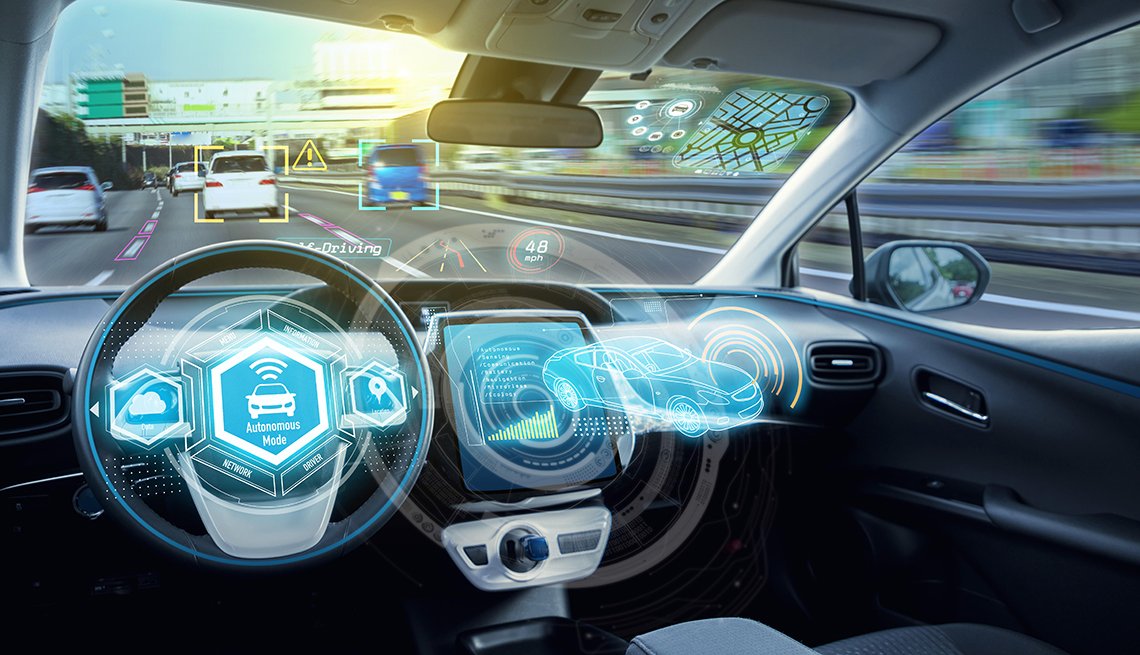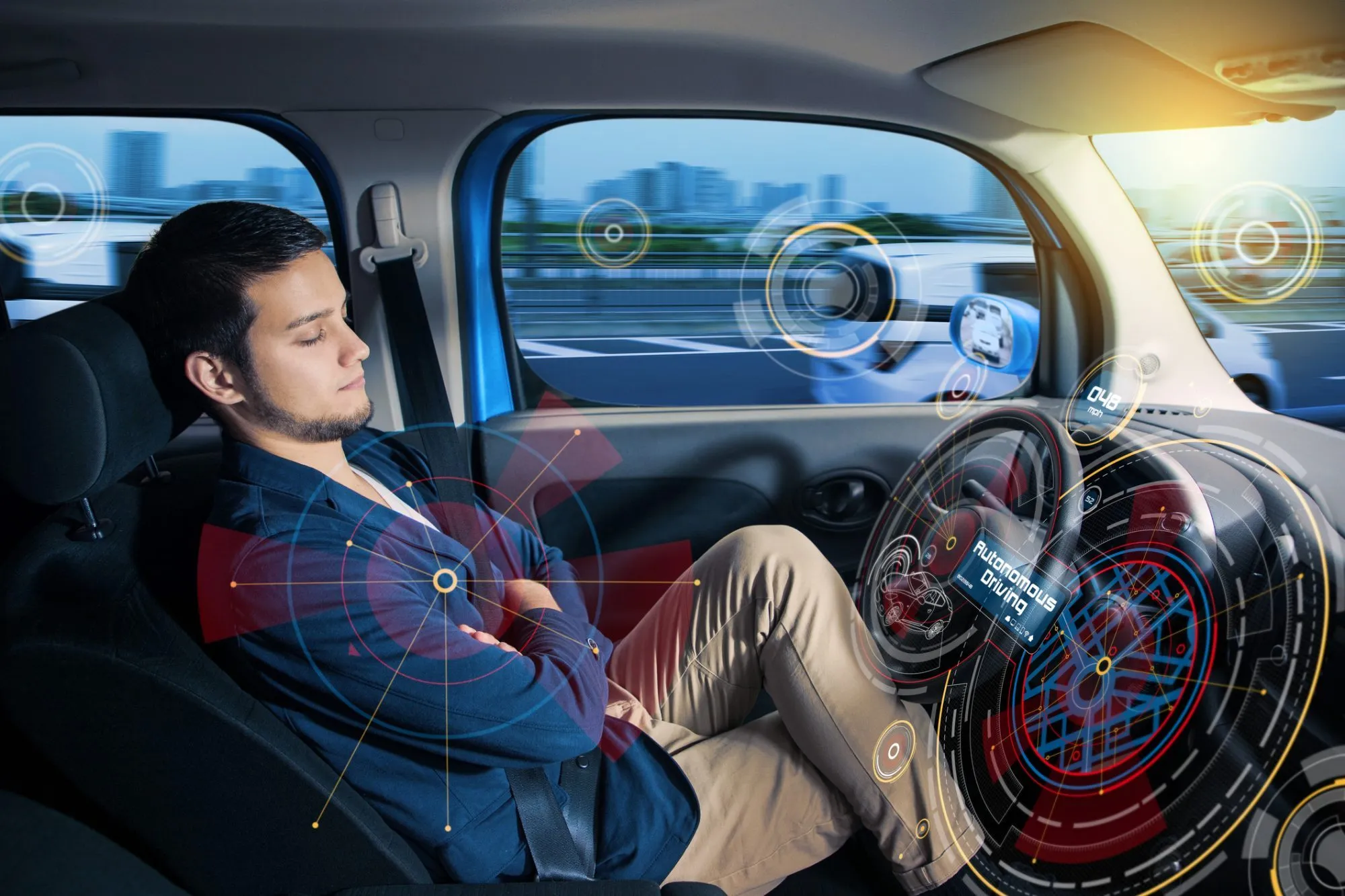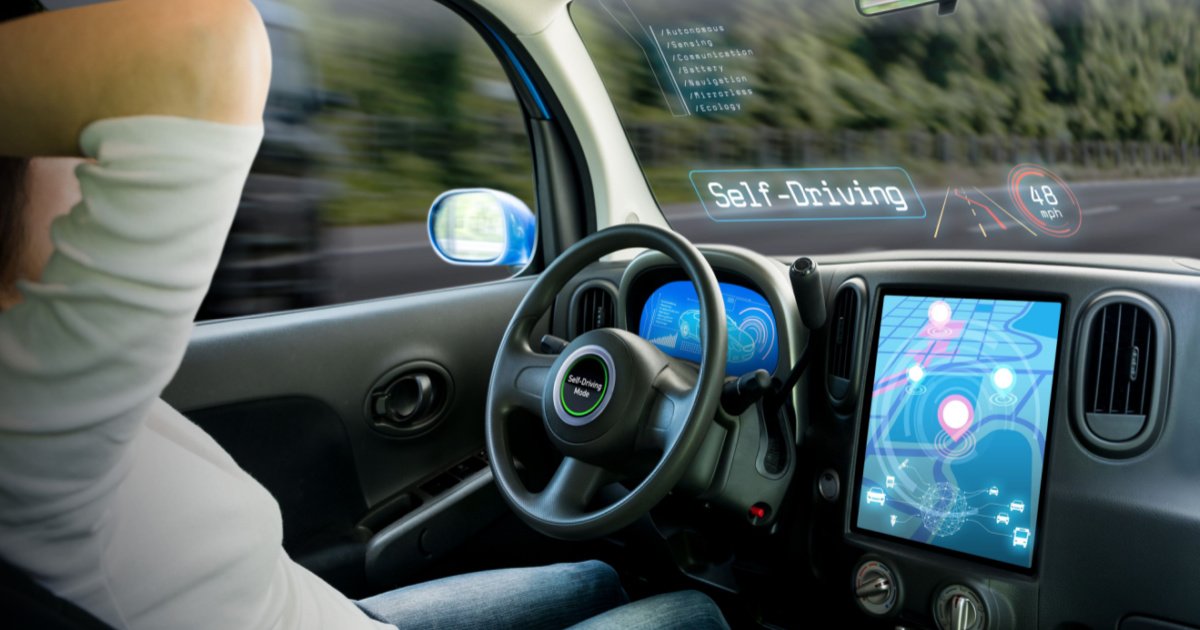Introduction
Full self-driving” is often confused with “autonomous driving.” They sound and look the same! This stereotype usually leads to false expectations when traveling on the road. Knowing the difference, however, can help drivers remain safe and make more informed decisions.
What Is Full Self-Driving (Supervised)?
Full self-driving, or FSD in Tesla’s terminology, refers to the car’s ability to drive itself most of the time. It can switch lanes, park, and stop at traffic lights. But there’s one hitch, one big thing — a human still has to keep an eye on the car. Your hands must stay ready, your eyes on the road. The car does a lot, but you’re still in control. If not, you need to take over very quickly. That’s why it’s called “supervised.”
What Is Autonomous Driving?
Autonomous driving implies no one is behind the wheel. You don’t have to touch the wheel or even glance at the road. It decides everything by itself. No one needs to sit in the driver’s seat of a Level 5 car. These cars rely on sensors and software to drive safely. Yet this kind of driving isn’t quite common. Very few cars on the road today are self-driving.

The Main Difference
Thinking about Full Self-Driving Supervised vs Autonomous? Here is your go-to solution
The difference is who is calling the shots. Even in the supervised world of full self-driving, the human is still the driver. The driver of an autonomous vehicle is the car itself. One wants you to remain alert, the other doesn’t. To many drivers, complete self-driving conjures up visions of being able to kick back or even take a nap — but that’s not the case. With supervised systems, you must always be prepared.
Why This Matters
The distinction can keep you and others safe. However, some accidents occur because people trust the car too much. They believe the vehicle can do everything. However, the Too-Long-Ago future is not quite upon us yet, either, as current complete self-driving systems are far from perfect. Roads are full of surprises. A human is still responsible for making those split-second decisions. Knowing the limits of your car helps steer clear of risks.
Where We Are Today
Almost every car on the road today includes at least some driving features that are self-driving. These are features like lane assist, adaptive cruise control, and automatic parking. A handful of top-end models have full self drivings capabilities, but still require supervision. Some cities are testing fully autonomous cars. However, they’re not yet ready for broad use. Technology is advancing rapidly, but we’re not there yet.
What Drivers Often Get Wrong
Many drivers already think their car is fully self-driving, simply because it is fancy. This is not true. All the same, just because your vehicle can steer or park itself does not make it self-driving. Some people even took their hands off the wheel for too long. That’s a big mistake. The system might fail or encounter something it doesn’t recognize. The driver’s attention must never waver. You are still responsible.
What Car Makers Could Do Better
Car makers deploy phrases like “autopilot” or “full self-driving.” These words make it sound like the car is the one doing it all. But that’s not the case. Many drivers trust the names; however, is that too much? This can be dangerous. Automakers need to make those features more explicit. Drivers need to be able to take over when the system can’t handle itself. Clear information can help prevent damage and crashes.
How Rules and Laws Come In
Regulations governing self-driving cars are still evolving in places, and it is not legal to let your car drive without you paying attention. Even if your vehicle is capable of full self-driving operations, it may not be legal to take your hands off the wheel. Regulations can make roads safer as technology improves. Verify local rules before using these features. What is allowed in one place may be banned in another.
The Everyday Driver’s Bottom Line
Full self-driving isn’t synonymous with driverless. Your car can assist, but it still requires your attention. Keep your hands near and stay firmly fixed on the road at all times. Don’t rely too much on tech. Use it in the service of your driving, not as a replacement for it. Understand your car’s limits. And this little thing can keep you from needing to solve a bigger one. Responsible driving must be practiced first and foremost by the driver.

Looking Ahead
Perhaps in the future, there will be genuinely driverless cars. But that will take time. Laws, roads, and vehicles must cooperate. Until then, drivers will have to remain vigilant, even in high-tech cars. Supervised driving is driving, after all. You always need to know what your vehicle can and cannot do. It will make everyone on the road safer.
For more updates and details visit our Pinterest Profile!
FAQs
Full Self-Driving vs. Autonomous Driving: What’s the Difference?
No. Full self-driving still requires a human to observe and take over if necessary. Autonomy: When a car drives independently with no human assistance.
Can I take my hands off the wheel with full self-driving?
Not safely. You have to stay awake and be ready to jump in. The system is not perfect in every situation.
Are there any fully driverless cars currently on the road?
They’re being tested in some cities, but it’s relatively rare. Many cars still require a driver.
How are we confused by these terms?
Car companies apply terms such as “autopilot” or “self-driving” when they mean the car carries out those functions. But that’s not always true.
Are self-driving cars legal everywhere?
No. Laws vary by location. Some places test, but the majority still insist on keeping a human in the loop.

